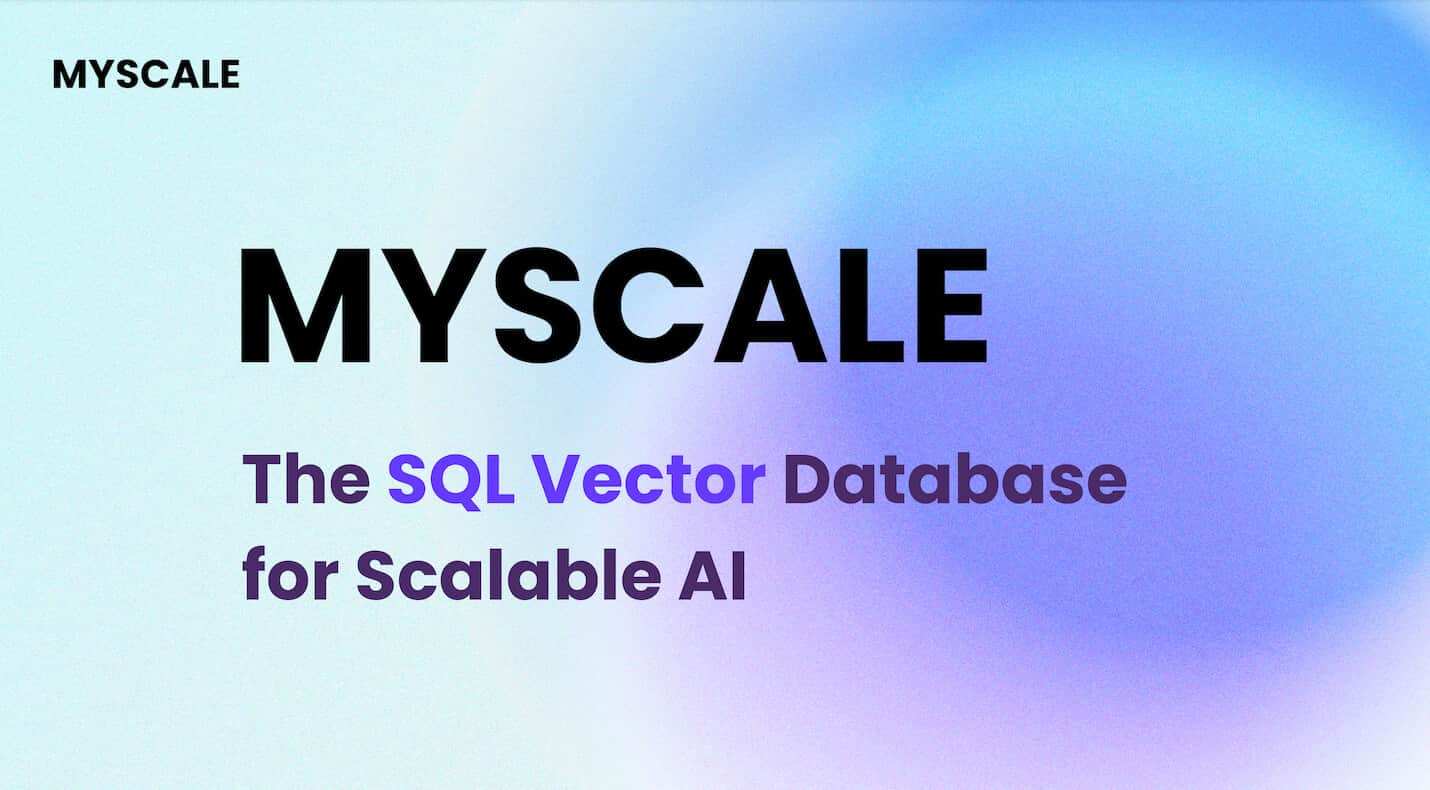# Introduction to RAG (opens new window) and LangChain (opens new window) in Java Development
In the realm of Java development, two prominent frameworks, RAG and LangChain, play pivotal roles.
# Understanding RAG in Java
# What is RAG?
RAG stands for Retrieval-Augmented Generation (opens new window), a framework that enhances language model applications by incorporating external data sources. This integration enriches the model's responses, providing a more comprehensive output.
# RAG's Role in Java Development
For Java developers, RAG offers a powerful tool to create applications that leverage large language models (opens new window) effectively. By accessing external data beyond the model itself, RAG significantly improves the contextual understanding and response generation capabilities.
# Getting to Know LangChain
# The Basics of LangChain
LangChain facilitates the construction of RAG systems through various tools that transform, store, search, and retrieve information. It enables developers to create semantic representations using word embeddings (opens new window) and store them in vector databases (opens new window).
# LangChain's Integration with Java
In the context of Java, LangChain seamlessly integrates with the language, simplifying the development process (opens new window) for applications powered by large language models like RAG. This integration streamlines tasks such as logging, tracking, and deploying complex models.
# Key Features of RAG in Java Development
In the realm of Java development, RAG stands out with its unique features that cater to the needs of developers seeking enhanced language model capabilities.
# The Mechanism Behind RAG
# How RAG Works with Queries
RAG in Java operates by processing queries through a sophisticated mechanism that combines internal model knowledge with external data sources. This fusion allows RAG to provide diverse and contextually relevant outputs, surpassing traditional models' limitations.
# Embedding and Retrieval Process
One key aspect where RAG shines is its embedding and retrieval process. By integrating external knowledge seamlessly, RAG ensures that the responses generated are not only accurate but also enriched with a wide array of information. This flexibility in knowledge integration (opens new window) sets RAG apart from conventional frameworks.
# Practical Applications of RAG in Java
# Building a Q&A Solution
Developers utilizing RAG in Java can create robust question-and-answer solutions that excel in understanding contextual nuances. The framework's ability to access real-time data and incorporate external knowledge enhances the accuracy and relevance of responses, making it ideal for applications where precise information retrieval is paramount.
# Multi-user Chatbot Development
Another compelling application of RAG in Java is multi-user chatbot development. By leveraging its capacity for diverse output generation, developers can craft chatbots that engage users effectively across various topics. This versatility makes RAG a valuable asset in scenarios requiring dynamic conversational interactions.
# Exploring LangChain's Capabilities in Java
In the realm of Java development, delving into LangChain unveils a spectrum of capabilities that empower developers to harness the potential of large language models seamlessly.
# Core Components of LangChain
# Interaction with Large Language Models
LangChain for Java presents a cohesive environment where developers can interact effortlessly with large language models. By offering a unified API (opens new window), it eliminates the need to grapple with distinct APIs for each model, streamlining the development process and enhancing efficiency.
# Integration with Vector Stores
A standout feature of LangChain lies in its integration with vector stores, enabling seamless storage and retrieval of semantic representations. This integration not only simplifies data management but also optimizes the performance of applications leveraging large language models.
# LangChain in Action
# Use Cases in Java Applications
When applied in Java applications, LangChain emerges as a versatile framework tailored for driving LLM-driven solutions. Its diverse options and unified API make it an ideal choice for developers seeking to expedite application development without compromising on functionality or scalability.
# Enhancing Java Applications with LLMs
Developers leveraging LangChain tools and libraries can compose intricate chains to enhance their Java applications. The framework's user-friendly design (opens new window) facilitates the customization of existing chains, empowering developers to craft sophisticated applications powered by large language models effortlessly.
# Comparing RAG and LangChain in Java Development
When evaluating RAG and LangChain in the realm of Java development, it is essential to consider their distinct features and functionalities for optimal project outcomes.
# Feature Comparison
# Strengths and Weaknesses
RAG excels in enhancing language model applications by integrating external data sources, enriching responses with comprehensive outputs. On the other hand, LangChain streamlines the development of LLM-powered Java applications, simplifying the process through its framework designed for large language models.
While RAG focuses on contextual understanding and response generation, LangChain emphasizes efficiency and seamless integration with vector stores. The strengths of RAG lie in its enriched responses, whereas LangChain stands out for its streamlined development process.
# Best Use Cases for Each Framework
For projects requiring intricate contextual responses and enhanced knowledge integration, leveraging RAG in Java development proves beneficial. Conversely, when aiming for efficient LLM-powered application development with simplified processes, LangChain emerges as a favorable choice.
# Making the Right Choice for Your Project
# Factors to Consider
When deciding between RAG and LangChain, project requirements such as response richness, development complexity, and integration ease play crucial roles. Understanding the specific needs of the application and desired outcomes is vital in making an informed decision.
# Expert Recommendations
According to insights from Michael Kramarenko (opens new window), Kindgeek CTO, incorporating LM/LLM-based features into Java projects using Langchain4j offers streamlined development processes for LLM-powered applications. Drawing inspiration from Langchain's framework can significantly enhance the efficiency of building applications utilizing large language models.




